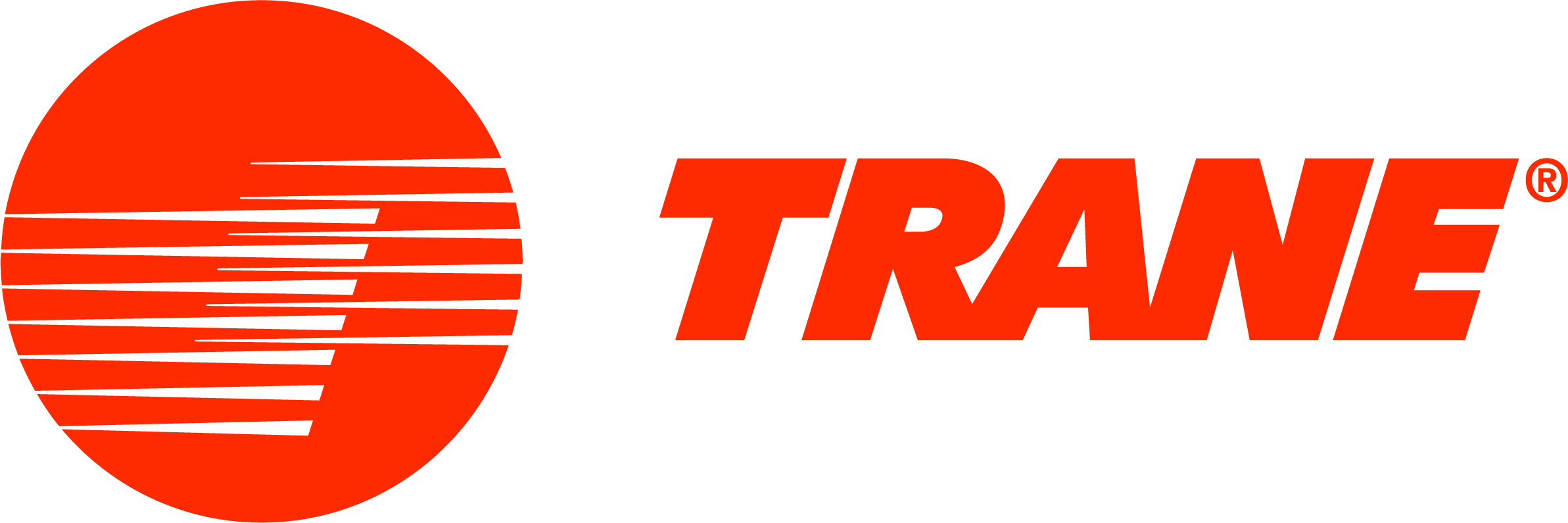
Trane VAV Boxes
Trane variable air volume terminal units provide precise airflow control with industry-leading accuracy, quiet operation, and advanced control capabilities for optimal zone comfort.
Ask about Trane VAV Boxes
Trane HVAC Assistant
Powered by equipment specifications and industry knowledge
Hello! I'm your HVAC assistant specializing in Trane VAV Boxes. How can I help you today?
Suggested questions:
Popular Models
Technical Specifications
Capacity & Efficiency
Airflow & Pressure
Dimensions
Power Requirements
Common Issues & Solutions
Actuator failure
Symptoms:
Damper stuck position, poor temperature control, high/low airflow complaints, manual override engaged
Solution:
Check control signal to actuator, verify proper voltage, test actuator response and travel limits, ensure proper mechanical linkage, replace actuator if non-responsive or if position feedback is inaccurate.
Flow sensor obstruction
Symptoms:
Erratic airflow readings, continuous hunting behavior, poor zone temperature control
Solution:
Inspect pressure sensor tubes for blockage or moisture, clean sensor using compressed air, verify zero calibration of transducer, check for upstream turbulence sources, replace sensor assembly if damaged.
Reheat coil valve leakage
Symptoms:
Simultaneous heating/cooling, overheating complaints, energy waste, poor modulation
Solution:
Verify valve closes completely with 0V/4mA signal, check for debris preventing full closure, test actuator operation, inspect valve seat for damage, replace valve assembly if internal leakage is confirmed.
Cost Information
| Service | Average Cost | Cost Factors |
|---|---|---|
| VAV box controller replacement | $800-$1,800 | Controller type, programming requirements, network integration, sensor replacement needs |
| Flow sensor calibration/replacement | $200-$600 | Access difficulty, calibration equipment required, verification testing scope |
| Complete VAV box replacement | $2,000-$5,000 | Box size, reheat type, accessibility, controls package, ceiling reconstruction needs |
| Electric reheat element replacement | $600-$1,500 | Number of stages, kW rating, control contactor replacement, safety control updates |
Frequently Asked Questions
What types of VAV boxes does Trane offer?
Trane offers multiple VAV configurations including single-duct cooling only, single-duct with reheat (electric, hot water, or steam), dual-duct, fan-powered parallel or series flow, induction, retrofit, and bypass designs. Sizes range from 75-8,000 CFM with various inlet/discharge arrangements.
How accurate is airflow control in Trane VAV boxes?
Trane VAV boxes achieve ±5% accuracy across the controlled range using factory-calibrated multi-point flow sensors, logarithmic flow curves for improved resolution at low flows, pressure-independent control algorithms, and high-resolution actuators with up to 10,000 positioning steps for precise damper positioning.
What noise reduction features are built into Trane VAV terminals?
Trane VAV boxes incorporate multiple noise reduction features including specialized damper designs that minimize turbulence, sound-attenuating fiberglass or fiber-free insulation, optimized air-entry designs, discharge attenuators, casing reinforcement to prevent drumming, and carefully engineered flow sensors with minimal pressure drop.
How do Trane VAV controls integrate with building automation systems?
Trane VAV controllers offer native BACnet MS/TP communication, Wireless Comm options for retrofit applications, Trane Air-Fi wireless sensors compatibility, Tracer SC+ integration for system-wide coordination, and capability for advanced sequences including pressure reset, CO2-based ventilation control, and occupancy-based optimization.
Related Brands
Johnson Controls VAV Boxes
Johnson Controls VAV terminal units deliver precise airflow control, efficient operation, and advanced digital integration capabilities for optimized zone comfort in commercial buildings.
Carrier VAV Boxes
Carrier variable air volume terminals deliver precise airflow control, energy efficiency, and reliable performance with a focus on occupant comfort and indoor air quality.
Nailor VAV Boxes
Nailor Industries offers precision-engineered VAV terminal units with superior performance, versatile configurations, and advanced control capabilities for optimal zone comfort.